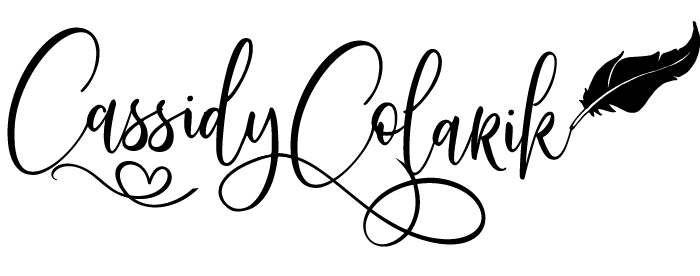Now you can read us on the go! Check out the BTRtoday app for iOS and Android.
During my freshman year of high school, my English teacher read our class a credo by Robert Fulghum—author of the book: “All I Really Need to Know, I Learned in Kindergarten.”
The credo highlights how simple rules emphasized in a kindergarten classroom setting, are applicable to adulthood.
For example, Fulghum writes, “Live a balanced life — learn some and think some and draw and paint and sing and dance and play and work every day some.”
I can still remember how the beautiful lines from his excerpt jumped out at me and the wheels in my brain began turning.
As a result of this class lesson, I found myself later that day flipping through old family photos in the scrapbooks my mom has curated over the years.
While I reminisced on the memories associated with the photos from my childhood, I became aware of shared similarity between my siblings and I in the photos– the carefree attitude that exuded in our smiles.
As I reflected on this similarity, I realized how in present day photos, our smiles at times looked forced and that we had lost that carefree spark that used to shine through in older photographs.
It became clear to me that this diminishment of blitheness could be attributed to how it is commonplace for playtime and imagination to become stifled in adulthood.
Scientifically, it is proven that playtime is significant to a child’s development. As children frolic across the playground or immerse themselves in creative activities, research shows that they are learning about discovery, risk taking, and building relationships. Play also contributes to the development of motor skills and social skills.
As crucial as playtime is as a child, our inclination and opportunity to play gradually slips away as adulthood takes form.
However, when we disregard playtime for more mature adult ventures, we may be losing health benefits in the process experts say. They explain that play is an essential component of a healthy mindset—it impacts our ability to blossom creatively and lead an enjoyable lifestyle.
A study conducted by Dr. Robert Mannell at the University of Waterloo in Ontario, Canada highlights this.
In his study, Dr. Mannell administered 500 pagers to participants and beeped them 9-10 times a day. Then, participants were asked to write down what they were doing and thinking when beeped.
The results denoted that passive activities, whether freely chosen or not, didn’t seem to generate the greatest levels of gratification.
“Our research suggests that higher levels of physical and intellectual energy generally yield higher dividends,” he says.
Even, those with a highly successful creative driven career path can hit a roadblock when they eliminate play from their life.
Shonda Rhimes, creator of Grey’s Anatomy, Scandal and How to Get Away with Murder, gave a Ted Talk
about a light bulb moment she encountered after a time consuming work schedule left her exhausted.
She says the internal hum that fuels her work had become inaudible.
Then, one weekend when she dashing out the door, her toddler inquired, “Mama, wanna play?”
When she made time for play, the hum reemerged. “Not the hum, but a hum,” she said.
She realized, “The hum is not power, and the hum is not work-specific — the hum is joy. It’s not even about playing with your kids. It’s about playing in general.”
Defining fun as an adult extends further than going to the gym or binge watching Game of Thrones.
By general definition, fun is engaging in something that solely provides enjoyment says leading play expert Stuart Brown and founder of The National Play Institute in California.
“It can be physical or imaginary, and it usually gives you a feeling of deep engagement without having to work at it; it just happens. It often appears purposeless, and yet, if you look at its long-term benefits, it’s highly purposeful,” says Stuart Brown.
While seemingly purposeless activity may not be a main priority for those who have numerous adult expectations to address, possibly in acknowledgement to that, companies that are aimed towards adult-specific play experiences are emerging nationwide.
Beyond the adult book coloring trend- board game cafes, adult fitness playgrounds, and adult-only summer camps that offer the chance to return to coed cabins and engage in water fights are popular across the nation. Moreover, last year an adult only preschool opened in Brooklyn, New York where adults can play dress up, finger paint, and participate in show and tell.
If these options sound like something that don’t align with your interests, there are other ways you can find a way to engage in fun for about five to ten minutes to daily.
Play can be as simple as singing along to music while doing dishes or taking a walk without knowing the route. These suggested options are enough to make an impact. Another idea is to look what you enjoyed doing as a child. For example, if you loved playing in the dirt as a child, you may enjoy gardening.
“When you begin to build on your own intrinsic play personality, there’s often a real release of energy and joyfulness that is transformative,” says Brown.


